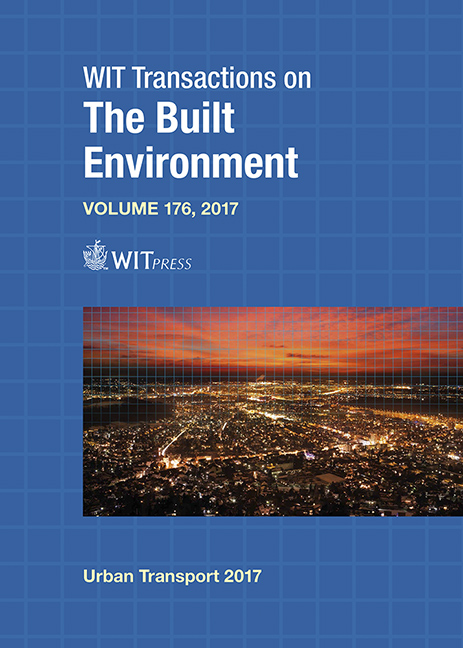DEVELOPING SMART, AFFORDABLE AND SUSTAINABLE MULTI-RESIDENT HOUSING THROUGH SOLAR ENERGY AND ELECTRIC TRANSPORT INTEGRATION
Price
Free (open access)
Transaction
Volume
176
Pages
14
Page Range
231 - 244
Published
2017
Size
556 kb
Paper DOI
10.2495/UT170201
Copyright
WIT Press
Author(s)
NEIL W. THOMPSON
Abstract
The purpose of this paper is to investigate the economic, environmental and social benefits afforded to the development of smart, affordable and sustainable multi-resident housing through the integration of solar energy and electric transport systems. A new integrated sustainable design (ISD) model was first developed from a literature review and case study followed by a survey study of multi-resident housing developments to inform synthesis of a Commuter Energy and Building Utilities System (CEBUS) decision support tool (DST) for subsequent validation at a pilot site. Application of integrated solar energy and electric transport systems in multi-resident housing developments demonstrated significant potential annual savings on average household income together with drastic reductions in household greenhouse gas (GHG) emissions from electricity consumption and transport usage. Significant social benefits were also identified through the potential reduction of mortgage stress and road rage incidents. This research for the first time quantifies the electricity and transport cost benefits offered by the proposition that buildings and transportation vehicles can provide an integrated and interactive renewable power source with generation between and for each other so as to help drive the development of smart, affordable and sustainable multi-resident housing stock.
Keywords
integration, solar energy, electric transport, smart, affordable, sustainable, multi-resident housing, greenhouse gas emissions





